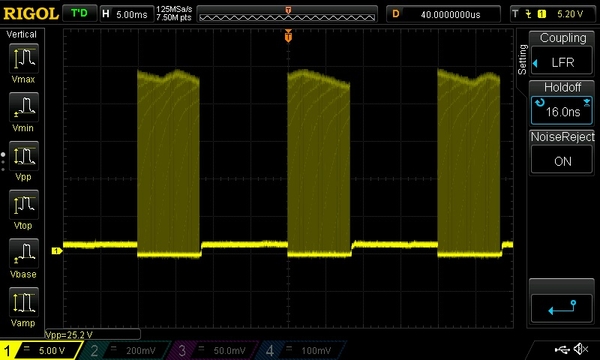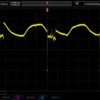I recently acquired a Lionel 6-38095 TMCC N&W 611J. I've been looking for over a year for one in my price range and this is by far the most expensive locomotive I own. I would like to add TVS diodes in two places inside the locomotive to do everything I can to protect it from electrical damage.
I plan to install a 1.5KE39CA TVS diode across the track power inputs to the DCDS. I also plan to install a 1.5KE39CA across the track power inputs inside the tender to protect the Railsounds board.
My question is regarding which diode would be best to connect across the DCDS output connected to the 15.1VDC Pittman motor that would protect the electronic circuitry inside the locomotive against Transient voltage spikes generated by the motor windings that would occur upon sudden current interruptions caused by a derailment or other sudden loss of power.
Which TVS diode would be ideal across the motor driver output?


































